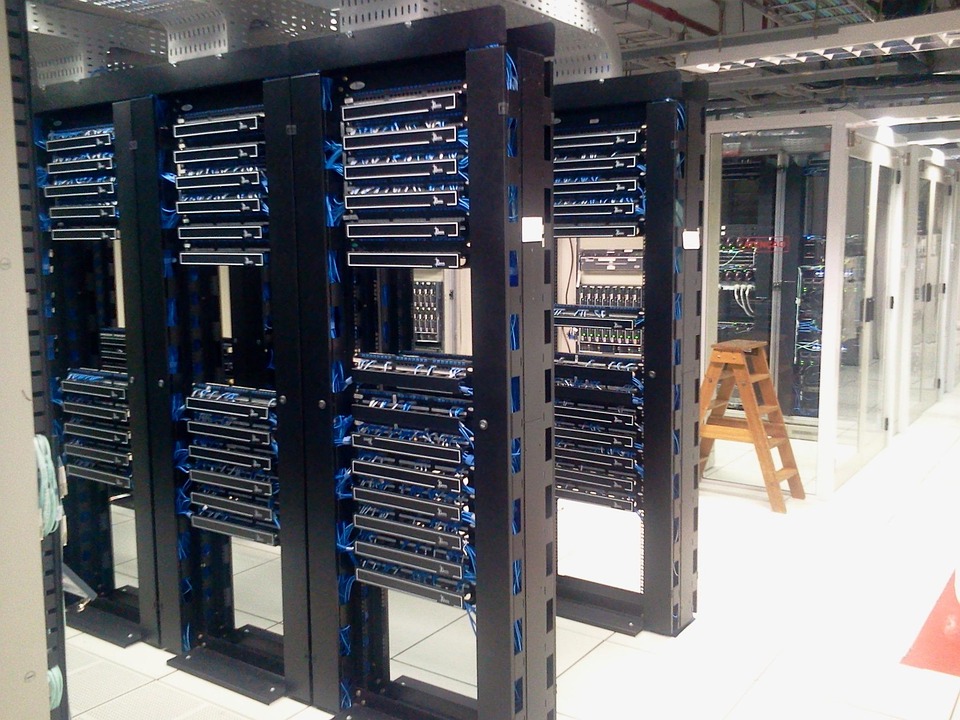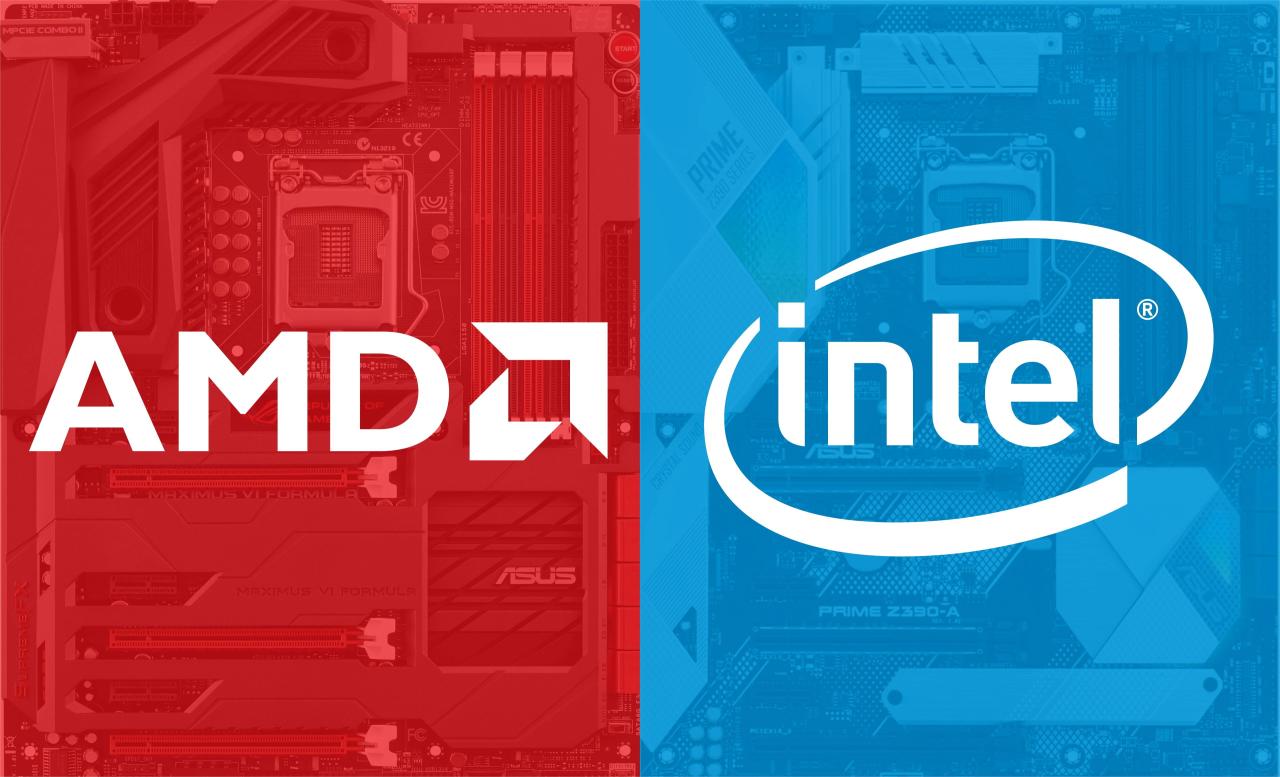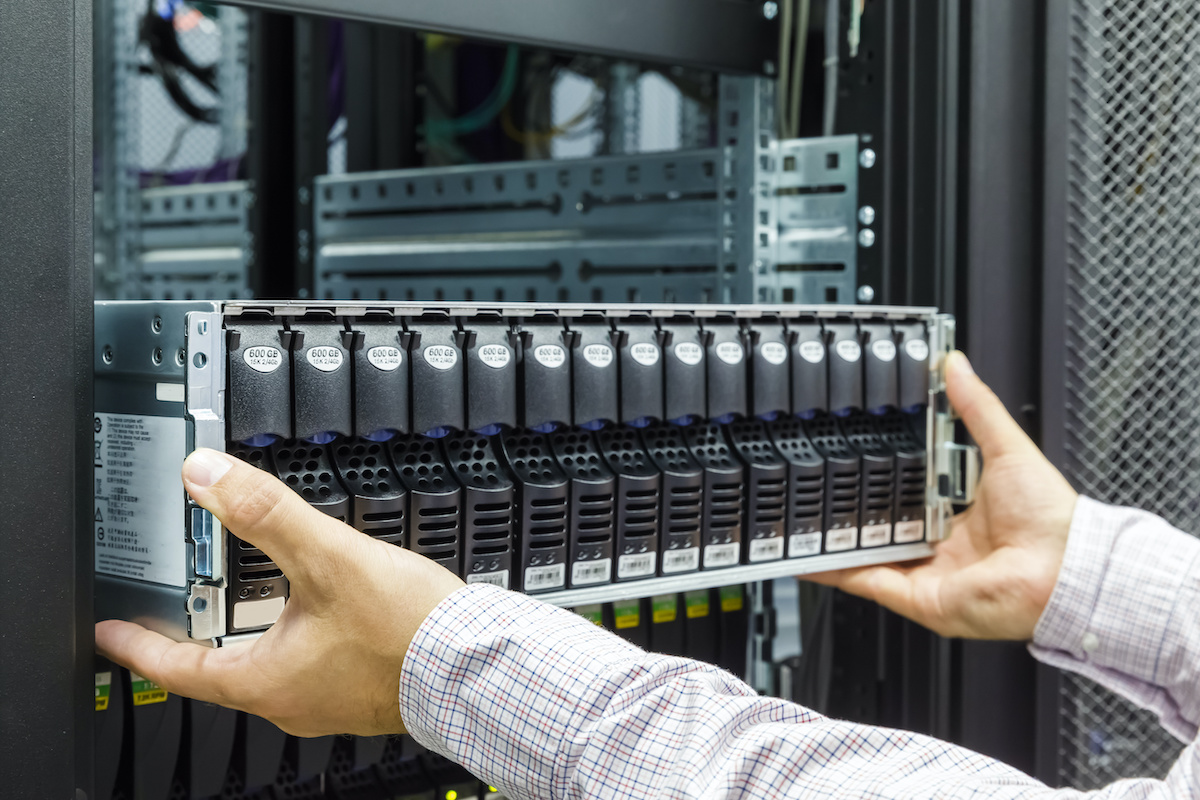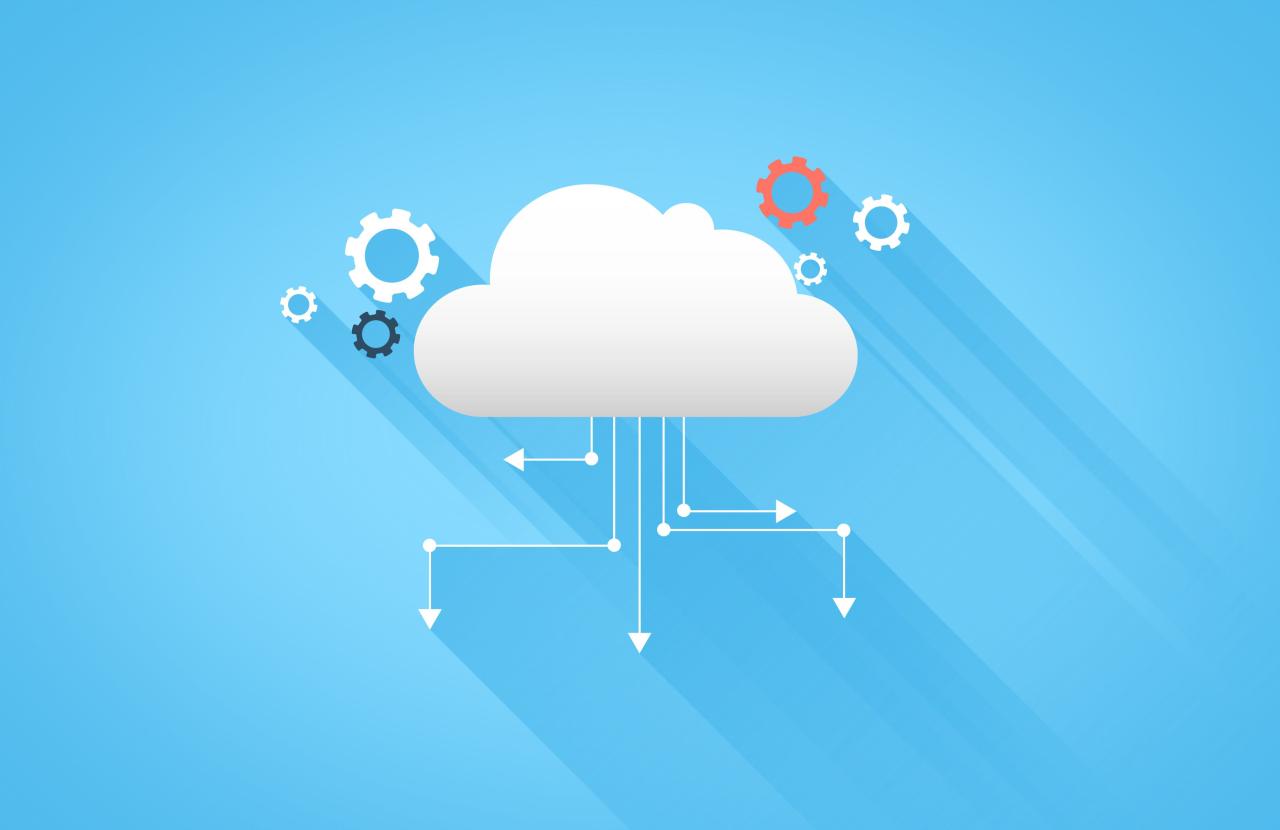The digital infrastructure landscape is undergoing a rapid and profound transformation, driven by the escalating demands of Artificial Intelligence (AI), Machine Learning (ML), hybrid cloud environments, and data-intensive workloads. In this context, the server—the very backbone of modern computing—must evolve dramatically to keep pace. Hewlett Packard Enterprise (HPE) addresses this critical need with the introduction of its ProLiant Gen12 Rack Servers, which represent a colossal leap in performance, efficiency, and security over previous generations.
This comprehensive article explores the core advancements of the HPE ProLiant Gen12 lineup, detailing how these servers are architected to unlock unprecedented computational power and deliver tangible value for businesses aiming to modernize their data centers, edge deployments, and cloud-native operations. We will delve deep into the technical specifications, pivotal performance metrics, enhanced security features, and overall strategic significance of the Gen12 platform, demonstrating why it’s a crucial investment for future-ready infrastructure.
The Foundational Performance Leap: Processors and Memory
The cornerstone of the HPE Gen12 server’s significant performance increase lies in its adoption of cutting-edge processor and memory technology. By integrating the latest advancements from industry leaders like Intel and AMD, HPE has engineered a platform capable of handling the most strenuous applications with unparalleled speed and efficiency.
Next-Generation Compute Engines
The Gen12 portfolio supports an array of formidable processors, each designed to maximize compute density and core count:
- Intel Xeon 6 Processors: Servers equipped with the Intel Xeon 6 platform offer a substantial uplift in core density, supporting up to 144 cores per socket. This massive increase in parallel processing capability is a game-changer for virtualization, database operations, and high-performance computing (HPC) tasks. Furthermore, the architecture is optimized for greater efficiency, meaning more work can be accomplished using less energy.
- 5th Generation AMD EPYC™ Processors: For specific models, the integration of 5th Gen AMD EPYC™ CPUs pushes the limits even further, supporting an incredible up to 192 cores per processor. This high core count, coupled with large L3 cache sizes (up to 512MB), positions these servers as ideal candidates for memory-intensive enterprise applications and massively scalable virtualization environments.
Revolutionizing Memory Architecture
Performance isn’t solely about the processor; memory throughput is equally critical. The Gen12 servers introduce a revolutionary memory subsystem that shatters previous bottlenecks:
- DDR5 Technology: Moving to DDR5 Smart Memory is one of the most impactful upgrades. This technology supports higher data transfer rates, reaching speeds up to 6400 MT/s (Megatransfers per second). This increase in memory speed is paramount for accelerating workloads like real-time analytics and in-memory databases, where data must be accessed and processed almost instantaneously.
- Massive Memory Capacity: With support for up to 16 DDR5 DIMM slots per processor (totaling up to 32 slots in a dual-socket configuration), the Gen12 servers can achieve an astounding maximum capacity of 8 TB of DDR5 memory using 256 GB modules. This memory density ensures that even the largest, most complex datasets can be managed efficiently, making the Gen12 platform essential for next-gen enterprise resource planning (ERP) systems and scientific simulations.
Data Acceleration and Storage Innovation
Modern workloads, particularly those involving AI and large-scale data processing, are fundamentally constrained by I/O (Input/Output) speed. The HPE Gen12 servers address this by implementing radical improvements across storage and expansion interfaces.
PCIe Gen5: The New I/O Standard
The server’s internal pathways have been turbo-charged with the adoption of PCIe Gen5 (Peripheral Component Interconnect Express Generation 5).
- Double the Bandwidth: PCIe Gen5 effectively doubles the bandwidth of the preceding Gen4 standard. This massive bandwidth is critical for supporting the latest and most demanding high-speed components, including:
- High-Speed GPUs and Accelerators: Allowing for faster communication between the CPU and powerful accelerators like NVIDIA GPUs, which is crucial for rapid AI model training and inferencing.
- High-Performance Networking: Facilitating the deployment of faster network controllers (e.g., 100 GbE or 200 GbE) without introducing I/O bottlenecks.
- Ultra-Fast Storage: Maximizing the throughput of NVMe solid-state drives.
Storage Flexibility and Density
The Gen12 design introduces innovative form factors and increased density to meet the data deluge challenge:
- EDSFF E3.S Drives: Certain models, like the DL380 Gen12, support the adoption of Enterprise and Datacenter SSD Form Factor (EDSFF) E3.S drives. These drives offer superior thermal characteristics, improved density, and enhanced serviceability over traditional Small Form Factor (SFF) drives. A single 2U server can now accommodate up to 36 EDSFF E3.S NVMe drives, providing unprecedented storage density in a compact form factor.
- Flexible Drive Cages: The servers feature a highly modular drive cage design, enabling easy mixing and matching of SFF, LFF (Large Form Factor), and EDSFF drive bays. This flexibility allows businesses to tailor storage configurations precisely to their workload requirements, whether prioritizing raw capacity or maximum I/O performance.
Advanced Cooling for Sustainable Performance
As component density and power consumption increase, effective cooling becomes paramount—not only for maintaining optimal performance but also for achieving sustainability goals. The HPE Gen12 servers introduce multiple advanced cooling options.
The Thermal Management Evolution
High-density computing generates significant heat, which, if not managed, can lead to thermal throttling and reduced performance. HPE’s approach is multi-faceted:
- Air Cooling Enhancements: Standard models come with high-performance, hot-plug redundant fan kits that are highly optimized for air flow across high-wattage components.
- Direct Liquid Cooling (DLC): For the most power-hungry, high-core-count processors and dense GPU configurations, the Gen12 platform offers optional Direct Liquid Cooling (DLC) solutions.
- Energy Efficiency: DLC is significantly more energy-efficient than traditional air cooling, reducing the power consumed by the server’s cooling infrastructure.
- Sustained Performance: By directly removing heat from the CPU and other hot components, DLC ensures that the processors can operate at their maximum turbo boost frequencies for longer periods, thus guaranteeing sustained peak performance. This is indispensable for continuous HPC and AI workloads.
AI Optimization and Workload Acceleration
A key design principle of the HPE ProLiant Gen12 is its inherent optimization for Artificial Intelligence and Machine Learning workloads. The server’s architecture acts as a specialized canvas for accelerated computing.
GPU and Accelerator Integration
The servers are engineered to house multiple high-performance accelerator cards:
- High GPU Density: Models like the DL380a Gen12 can support a significant number of single-wide (SW) or double-wide (DW) GPUs (e.g., up to eight single-wide or three double-wide GPUs). This density allows organizations to consolidate their AI training and inference operations onto fewer, more powerful physical servers, which enhances data center efficiency.
- Benchmark Validation: The performance of these AI-optimized configurations is validated through industry-standard tests like the MLPerf Inference: Datacenter benchmarks, where Gen12 servers have demonstrated leading results across various deep learning models, underscoring their superiority in real-world AI deployment.
Key Accelerator Features:
- A. Increased Computational Throughput: Leveraging the combined power of high-core-count CPUs and multiple state-of-the-art GPUs for massive parallel processing.
- B. Minimized Latency: Utilizing PCIe Gen5 to ensure the fastest possible data transfer between the GPU memory and the main system memory.
- C. Flexible Deployment: Supporting various GPU form factors to accommodate different power and size requirements for diverse ML tasks, from large language models (LLMs) to computer vision.

Security and Management: iLO 7 and Silicon-Root-of-Trust
Security in the server environment is no longer an afterthought; it is an integral requirement. HPE has long led the industry with its Silicon Root of Trust architecture, which is significantly enhanced in the Gen12 lineup via the new HPE Integrated Lights-Out 7 (iLO 7) management system.
Uncompromising, End-to-End Security
The Gen12 servers are designed to be the most secure servers in the world, with protection spanning the entire lifecycle, from manufacturing to deployment and operation.
- HPE Silicon Root of Trust: This patented feature ties the server’s firmware to a dedicated chip in the silicon, ensuring that the server boots only with trusted, authenticated firmware. Any compromise is immediately detected and prevented.
- Secure Enclave: HPE has integrated a Secure Enclave, an isolated and protected vault within the iLO management chip, specifically designed to store sensitive data like encryption keys and system secrets. This physical isolation provides an unparalleled layer of defense against sophisticated firmware and software-level attacks.
- Quantum-Resistant Encryption: Anticipating future cryptographic threats, the Gen12 servers introduce quantum-resistant encryption algorithms, positioning enterprises ahead of the curve in protecting critical data against the potential of future quantum computers breaking current encryption standards.
Simplified and Intelligent Management with iLO 7
HPE iLO 7 is the central nervous system for Gen12 server management, offering a streamlined and automated operational experience.
- Redesigned GUI and Redfish API: A modernized, intuitive Graphical User Interface (GUI) and enhanced support for the industry-standard Redfish API simplify remote management, configuration, and monitoring.
- AI-Driven Insights: iLO 7 integrates with HPE’s broader management solutions, like HPE Compute Ops Management, which uses AI-driven insights to proactively identify potential issues, automate routine tasks, and safeguard against disruptive operations often caused by human error. This automation can lead to:
- A. Up to 75% less time spent managing servers.
- B. Reduced downtime per server per year.
- C. Significant cost savings from optimized operations.
Hybrid Cloud and Edge Optimization
The ProLiant Gen12 servers are not just for the traditional data center; they are purpose-built to thrive in the modern hybrid cloud and edge computing landscape.
Architected for Hybrid Cloud
HPE positions the Gen12 servers as an ideal hybrid cloud platform. They deliver cloud-native operational simplicity whether they are physically located in an on-premises data center, at a remote edge site, or consumed as-a-service through HPE GreenLake.
- Consistent Experience: The integrated management via Compute Ops Management provides a global, self-service console, ensuring consistent policies, fleet-level visibility, and intelligent alerts across all server deployments, simplifying the sprawl of distributed infrastructure.
- Automated Lifecycle Management: Provisioning, configuration, and lifecycle updates are highly automated, significantly improving scalability and consistency while reducing operational risk.
Edge-Optimized Form Factors
The portfolio includes models tailored for smaller, space-constrained, or environmentally challenging edge environments:
- Compact Designs: Servers like the ProLiant DL360 Gen12 (1U form factor) and DL320 Gen12 (single-socket, 1U) pack incredible performance into minimal rack space. The ML350 Gen12 is a versatile tower server designed for the edge and small to mid-sized businesses (SMBs), offering dual-socket power in a space-efficient design.
- Robust Build Quality: These servers are designed with features that enhance durability and operational stability in non-traditional data center environments

Economic and Strategic Advantages
The investment in HPE ProLiant Gen12 servers extends beyond raw technical specifications, delivering clear economic and strategic advantages.
Maximizing ROI through Efficiency
- Consolidation: The dramatic increase in compute density (higher core count and memory capacity) allows organizations to handle existing and growing workloads with fewer physical servers. This server consolidation directly translates into reduced software licensing costs, lower data center footprint, and decreased power consumption.
- Power and Cooling Savings: The high-efficiency Intel and AMD processors, coupled with the optional energy-saving Direct Liquid Cooling, significantly reduce ongoing operational expenses (OpEx).
Future-Proofing Infrastructure
The adoption of PCIe Gen5, DDR5 memory, and high-density storage positions the Gen12 servers to handle the demanding workloads of the foreseeable future. This future-ready architecture protects the initial investment by extending the useful lifespan of the hardware and providing a scalable path for upcoming technology upgrades.
Conclusion: The New Standard for Enterprise Compute
The HPE ProLiant Gen12 Rack Servers are more than just an incremental upgrade; they are a paradigm shift in enterprise computing. By leveraging the latest processor technologies (Intel Xeon 6 and AMD EPYC Gen5), blazing-fast DDR5 memory, PCIe Gen5 I/O, and advanced cooling, HPE has engineered a platform that delivers an unprecedented performance leap.
Crucially, this raw power is married to industry-leading security features like iLO 7 and the Silicon Root of Trust, along with AI-driven management capabilities that simplify the complexities of modern hybrid IT. For organizations navigating the challenges of massive data growth, the integration of AI/ML, and the transition to hybrid cloud operations, the HPE ProLiant Gen12 servers provide the necessary foundation for agility, efficiency, and future success. They are, unequivocally, the new standard for the data center and the intelligent edge.












